TRASHY TUESDAY: PLANTATION PULP
Plantation pulp was a popular, but unpleasant, sub-genre championed by many publishers in the 1970s. British publisher New English Library (NEL) was a particularly enthusiastic promoter of plantation novels, and between 1968 and 1981 published around 50 slaver novels.
Many of the plantation/slaver novels were imported from the United States, however, NEL also used British pulp writers to meet the demand. Most of the books focused on inter-racial sex and violence on American plantations, but others had a more naval feel to them, especially Black Slaver and Slaver below. I suspect that much of the appeal of the books came from the forbidden titillation of inter-racial sex and the frequent sadistic touches. It also gave the white writers and readers the opportunity to indulge in racial stereotypes and tropes under the cover of historical fiction.
Many of the NEL books benefitted from politically incorrect, but eye-catching, covers from Richard Clifton-Dey. Clifton-Dey was a prolific, and well regarded, British cover illustrator in the 1970s and 80s. He did numerous covers for NEL during this period, including several of the plantation/slaver covers. Black Slaver and Black Ivory below are particularly good examples of his work. Tony Masero also did some towards the end of the 1970s and other artists were not acknowledged for they work. Towards the end of the Plantation Pulp phase, NEL mainly used photographic covers, which almost universally featured semi-naked photos of women, both black and white.
The illustrated covers, especially those by Clifton-Dey, also featured plenty of nudity and often highlighted the interracial sex elements of the books. Whips and chains can be found on almost all of the covers, along with cutlasses and pistols on the naval themed books.
The NEL plantation books are now very difficult to find, but I recently picked up a couple of new ones to add to the ones I already had.
One of the British authors that NEL turned to was well known science fiction author and general genre handyman Kenneth Bulmer. Between 1972 and 1974 Bulmer churned out 7 slaver/plantation novels under the great nom de plume of Clint Rockman. Black Slaver was the first, and probably one of the better ones.
Black Slaver also benefitted from an eye catching cover by Richard Clifton-Dey. Featuring a mix of black and white semi-nudity, the obligatory pistol and cutlass and plenty of sultry promise, all set against a backdrop of sailing ships, the cover set the standard for the many naval slaver novels that followed. Although politically incorrect nowadays, it is a classic example of the eye-catching covers of Men’s Adventure books from the 1970s.
More information on Black Slaver can be found here: https://murdermayhemandlongdogs.com/trashy-tuesday-black-slaver-by-clint-rockman-new-english-library-1972/
Richard Clifton-Dey’s cover for the 1973 NEL reprint of Clint Rockman’s Black Ivory, also contains the requisite elements of nudity, cutlass and pistol, and a prominent chain, with a sailing ship in the background. As always, Clifton-Dey’s use of colour and detail lifts the illustration above the work of other artists.
The story, is the usual mixture of sex, violence and degradation. There is some attempt to moralise about how evil the slave trade is, but in the end the main protagonists accept that it is good business and exciting: “he was hooked by the ferbile excitement of it all.”
Although uncredited, Richard Clifton-Dey also did the cover for this 1973 NEL edition of Leslie Gladson’s Slaver. Originally published in America by Lancer, Slaver was one of four Gladson novels that NEL published. Thematically the story is very similar to Black Ivory, with a good white man being corrupted by the lure of slave trading:
“He was no better than his men when it came to the sexual hunger for the women slaves, to innate brutality, and to the other, darker, forms of savagery that lurk beneath the human surface..”
Although not as visually impactful as Black Slaver and Black Ivory, Slaver is still a good Men’s Adventure cover and has all the usual elements of cutlass, nudity, chains, large hoop earrings and battling warships. Clifton-Dey almost makes wearing chains look stylish, which probably also appealed to the prejudices of plantation pulp readers.
This 1973 edition of Kenneth Roberts’ Flame also features some uncredited Richard Clifton-Dey artwork, although more restrained this time.
Roberts was an American author, and Flame was one of a handful of books, in which a female slave used her sexual appeal to control white slave owners: “She was a slave who ruled her masters with the excitement of her flesh.”
The promise of inter-racial sex was obviously the drawcard of Black Prince by Stuart Jason, a pseudonymous house name used by Lancer Books, which were the original publishers of the book. Part of a series about Royal Blaze, an enslaved African king and emperor who “challenged the white world to prove his manhood”, Black Prince is a particularly unpleasant example of Plantation Pulp with lots of sadistic violence and torture.
Again the uncredited, and not very subtle, artwork is by Richard Clifton-Dey, who has added a garter to the usual chains and suggested nudity.
Norman Gant, (pseudonym of George Wolk, 1941 – 1980), wrote three books in his series about the African slave Chane and his offspring for Lancer Press in the late 1960s: Chane, Vengeance of Chane (originally Black Vengeance) and Slave Empire. The first two books were picked up by NEL and published as part of their plantation canon. The books were probably more authentic and better plotted than much of the genre, but they are still difficult to read today. The book draws on the ‘slave vengeance’ theme of other books, and the tag line compares it to the similar Flame, which would appear to have been a popular title for NEL.
This 1975 edition has the typically salacious cover associated with NEL slaver books There is the almost obligatory semi-naked slave, whips, the threat of pending violence and a poorly described plantation setting. The cover is striking, but not particularly well done. The two men are poorly drawn, and their whip is out of proportion. There is a faint author signature, but I cannot read it.
More information on the book can be found here: https://murdermayhemandlongdogs.com/trashy-tuesday-vengeance-of-chane-by-norman-gant-new-english-library-1975/
Plantation Pulp was a low point of men’s paperback literature, but it is interesting to reflect on the strategies that NEL and other publishers used to attract readers, and what that says about culture and society in the 1970s.
For those after more information on plantation novels I recommend James Doig’s excellent article in The Paperback Fanatic (No. 41) on the 1970s Plantation Pulps of New English Library.


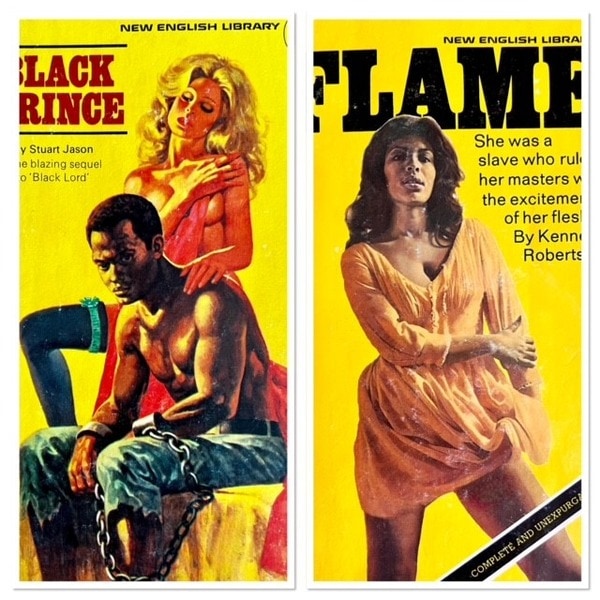
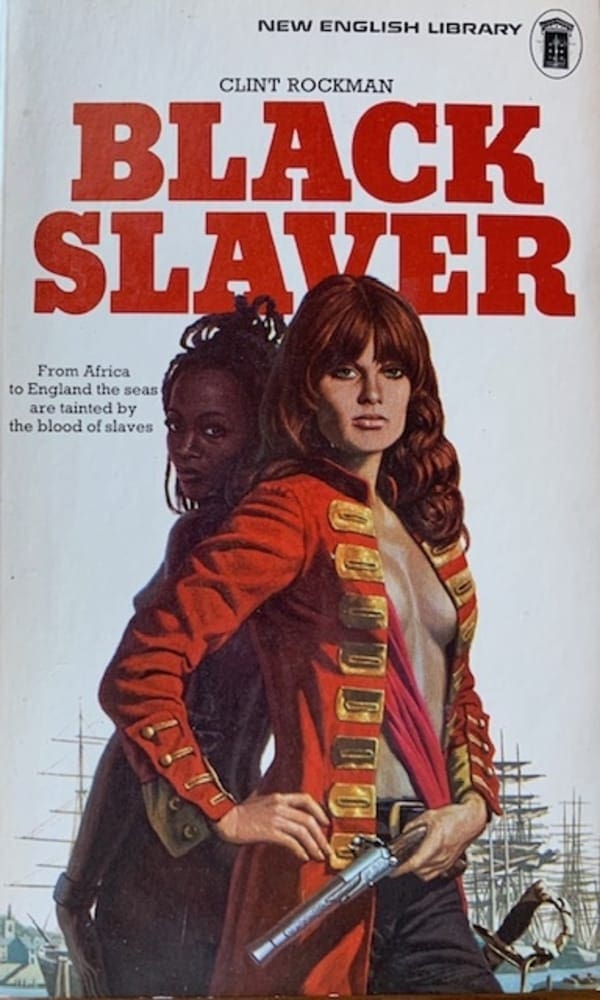
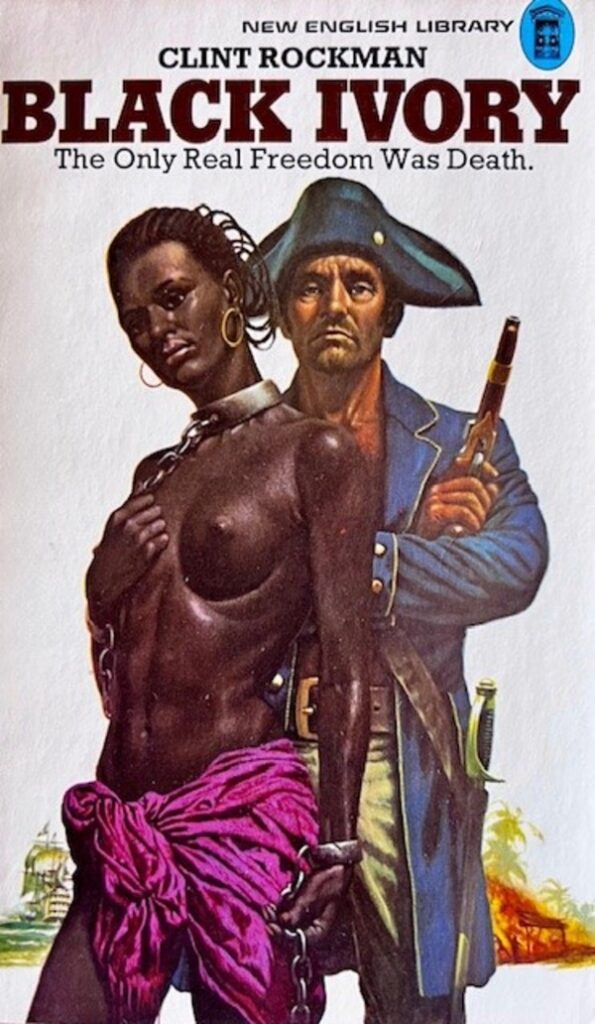
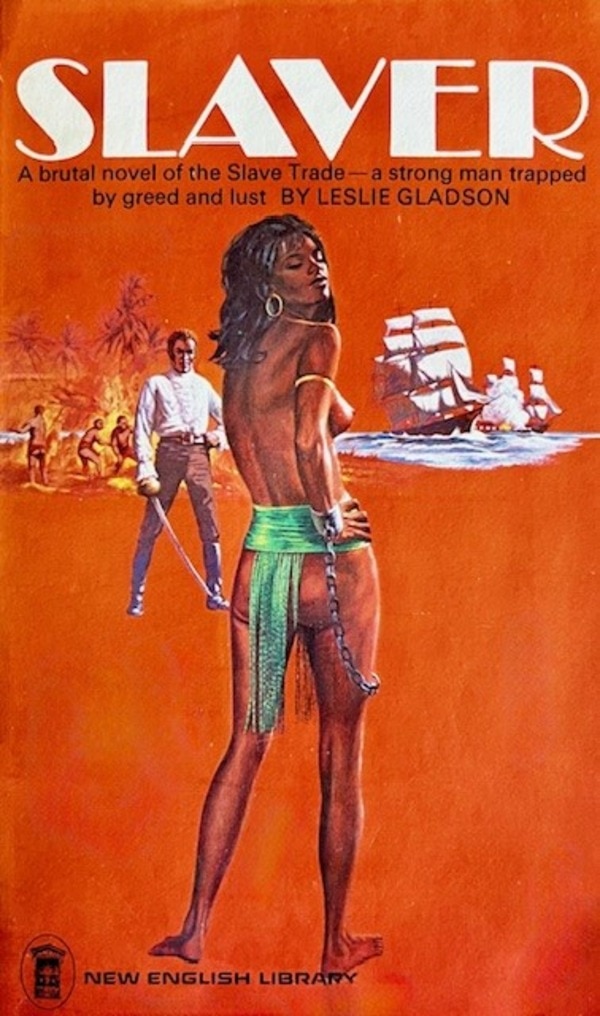
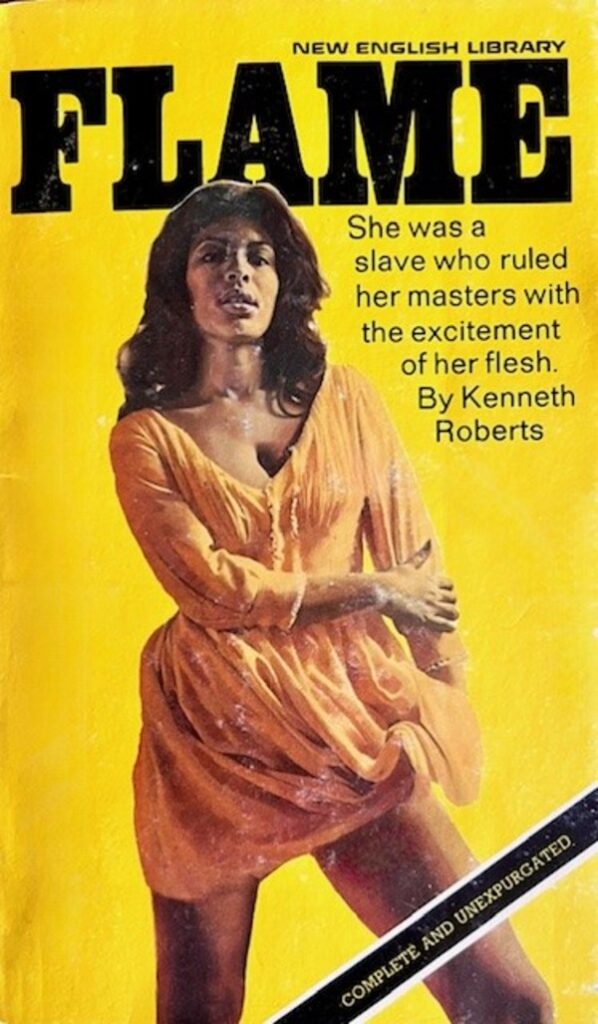
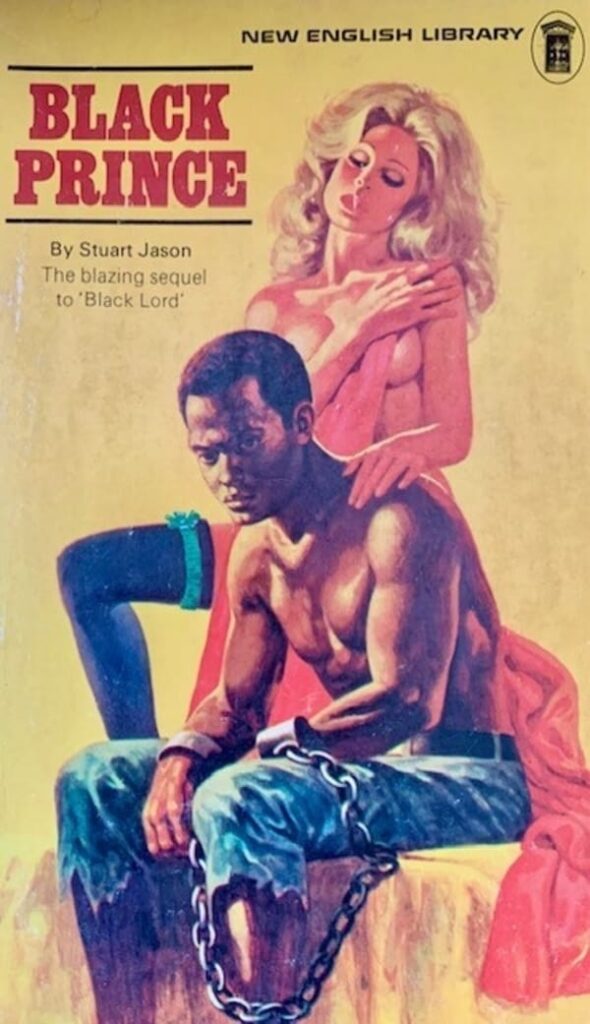

I agree with you about Plantation Pulp being a low point. While I don’t remember specific examples, I do remember seeing some examples of Plantation Pulp. I may have even read some.